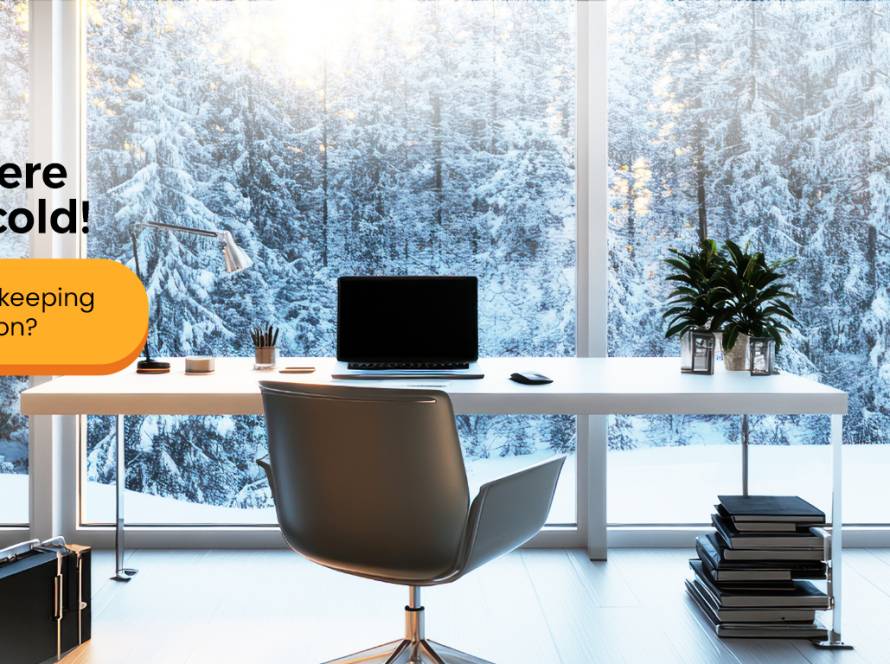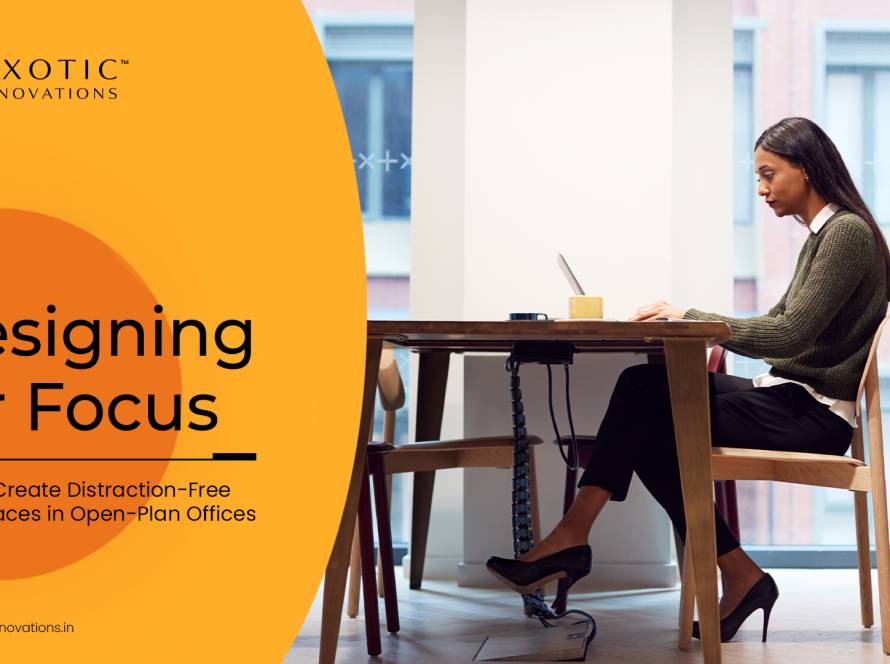Workspace Design matters. It is the reason why your company is able to retain talent, ward off attrition, boost productivity and develop an environment that acts as a sounding board for your employees. The discussion around workspace design never seems to saturate as new studies, theories and ideas keep cropping up to the frustration of the executives whose time frame for policy and strategic changes right about coincides with research papers on workspace architecture.
Form follows function is a widely known and applied maxim that was first coined by Louis Sullivan, an architect in his essay- “The Tall Office Building Artistically Considered”
It’s crazy how an axiom developed in the late 18th century took inspiration from a commercial workspace and still continues to be the pivot around which all designing decisions revolve around.
‘Form follows function’ basically means that the main purpose of a building, the thing that it facilitates determines its shape. The form takes a backseat and the function takes precedent. After the function which is the intended purpose has been fulfilled, aesthetics can be taken care of. You design a workspace with the intention of utilizing company resources in the best way possible, enabling engagement from employees and constructing a space where work and fun can co-exist.
Now, to do this, designers and architects must go about finding the most suitable palettes and furniture that achieve the purpose. They may find or even ingeniously develop outlandishly aesthetic designs but all that must be sidetracked for that one combination that promises purpose.
This is what ‘form follows function’ means and advocates. And for the most part, it has aged well.
There is no well-defined idea of a perfect office but a perfect office exists, you know one when you look at it. It is a space wherein you can get anything done, a space that makes you feel like a winner and has these inadvertent setups that can be taken up a notch by employees and others alike.
So, how do we design workstations keeping the Gen-Z as well as our maxim in mind?
Resistance to the maxim is not going to be a catch since it seamlessly merges distractions and work, which is imperative for an employee to give his best. The need of the hour is smart offices that leverage state-of-the-art technology. The future is AI and IoT and it will be quite interesting to explore how meetings in a METAVERSE will pan out or how company-wide marketing campaigns and announcements will up the game through holograms. Such propositions sound interesting but employees will need to be trained first in terms of grappling with the technology, understanding the usage and ethical structure as well as weighing the pros and cons of the move. Mock test runs, forecasting and back-ups are something that will need to be incorporated into the design to test the real-world reactions. If you are in the exciting position to be creating a new office space completely from scratch, bringing in a design expert on board from the inception will hence make a significant difference to the whole project.
Found it useful?
Share our blog and let us know what you think in the comments!



